Spacecraft Propulsion
Overview
Spacecraft propulsion is a branch of astronautical engineering that focuses on the design and application of engines that control the motion of spacecraft. It is a critical aspect of space exploration, enabling spacecraft to change their orbits, perform maneuvers, and travel to other celestial bodies. The primary goal of spacecraft propulsion is to provide high thrust and specific impulse to achieve the desired trajectory and velocity for the spacecraft[1].
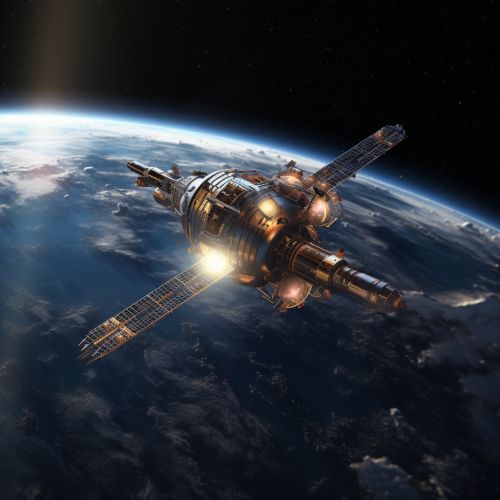
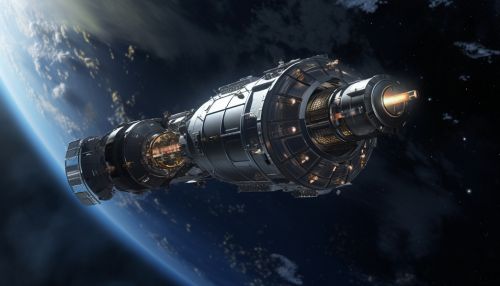
Types of Propulsion Systems
There are two main types of spacecraft propulsion systems: chemical propulsion and electric propulsion.
Chemical Propulsion
Chemical propulsion systems use the energy stored in chemical bonds of propellant molecules to produce thrust. The most common type of chemical propulsion system is the rocket engine, which expels high-speed gases to generate thrust according to Newton's third law of motion[2].
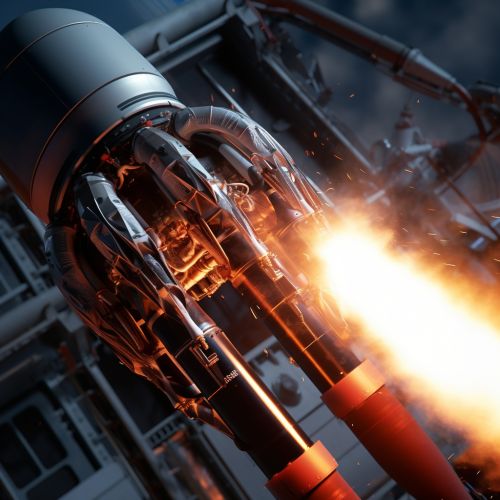
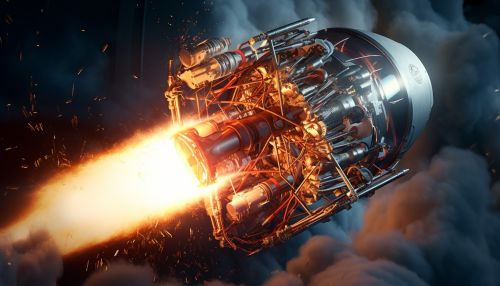
Electric Propulsion
Electric propulsion systems, also known as ion or plasma propulsion, use electric energy to accelerate ions to create thrust. These systems offer higher specific impulse and efficiency than chemical propulsion systems, but they provide lower thrust, making them suitable for long-duration, interplanetary missions[3].
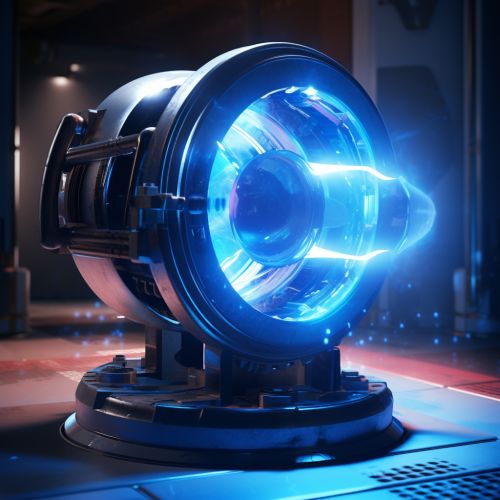
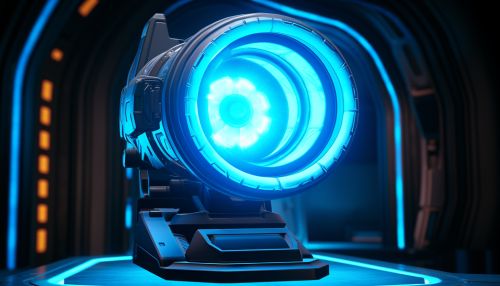
Propellant
The propellant is the material used by propulsion systems to create thrust. In chemical propulsion systems, the propellant is typically a combination of fuel and oxidizer, while in electric propulsion systems, the propellant is an ionizable gas[4].
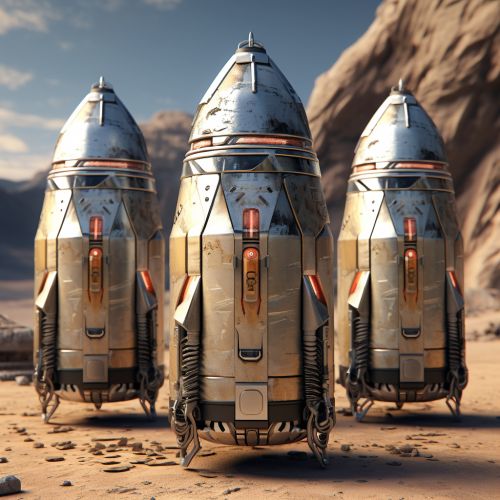

Propulsion Techniques
There are various techniques used in spacecraft propulsion, including rocket propulsion, ion propulsion, and nuclear propulsion. Each technique has its advantages and disadvantages, and the choice of technique depends on the mission requirements[5].
Rocket Propulsion
Rocket propulsion is the most common technique used in spacecraft propulsion. It involves the expulsion of high-speed gases from a rocket engine to generate thrust. This technique is effective for launching spacecraft from the surface of a planet and for performing high-thrust maneuvers in space[6].
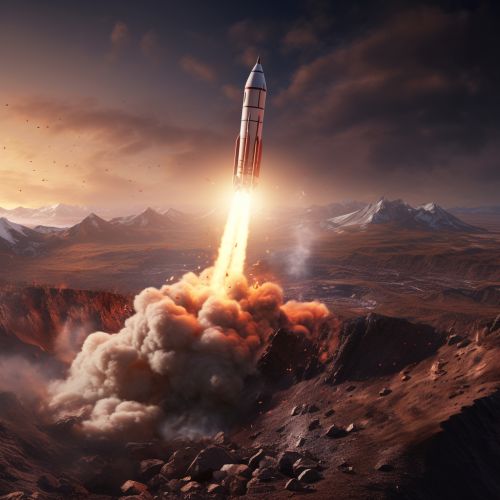
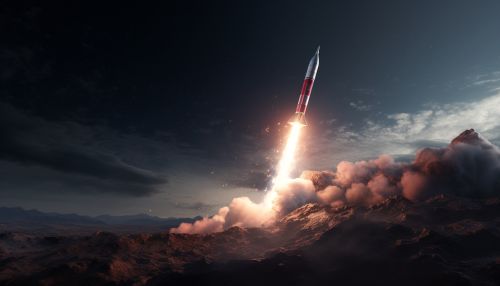
Ion Propulsion
Ion propulsion, also known as electric propulsion, involves the acceleration of ions to create thrust. This technique offers high efficiency and specific impulse, making it suitable for long-duration, interplanetary missions. However, it provides lower thrust than rocket propulsion, making it unsuitable for launching spacecraft from the surface of a planet[7].
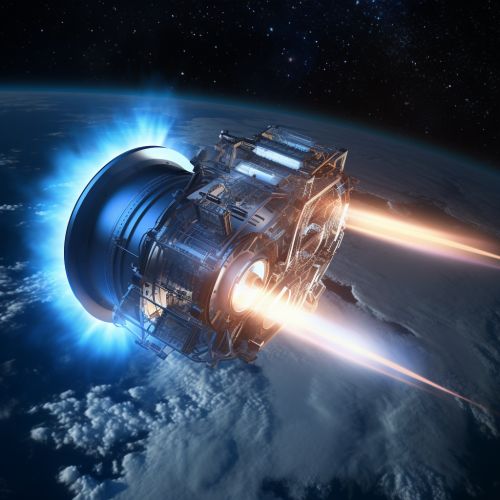
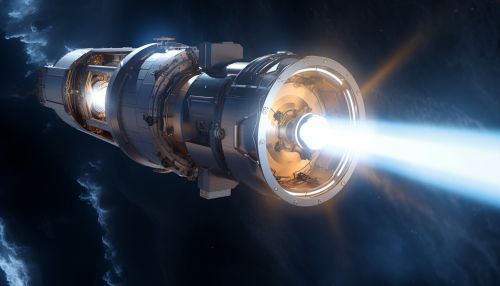
Nuclear Propulsion
Nuclear propulsion involves the use of nuclear reactions to generate thrust. This technique offers high specific impulse and can provide continuous thrust for long-duration missions. However, it involves significant technical challenges and safety concerns[8].
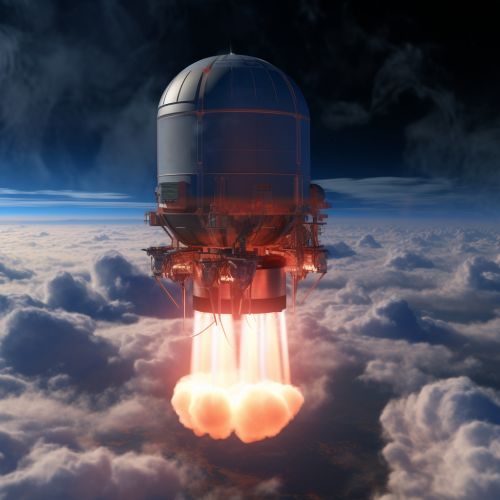

Future Developments
Research and development in spacecraft propulsion continue to advance, with new technologies and techniques being explored. These include advanced electric propulsion systems, nuclear thermal propulsion, and antimatter propulsion. These technologies promise to increase the efficiency, specific impulse, and thrust of spacecraft propulsion systems, enabling more ambitious space missions in the future[9].
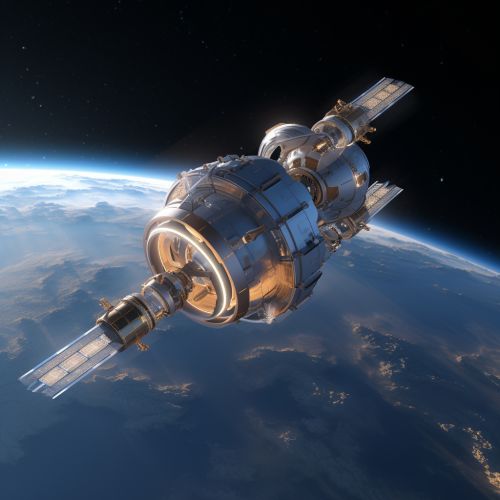
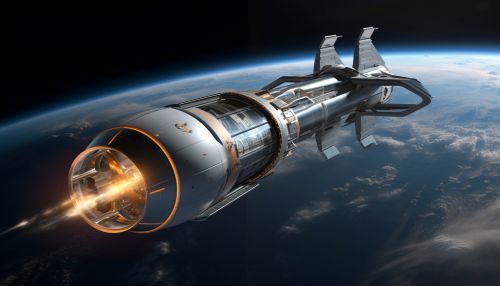
See Also
References
- ↑ Sutton, George P. (2006). Rocket Propulsion Elements. Wiley. ISBN 978-0-471-64967-3.
- ↑ Huzel, Dieter K. (1992). Modern Engineering for Design of Liquid-Propellant Rocket Engines. American Institute of Aeronautics and Astronautics. ISBN 978-1-56347-013-8.
- ↑ Goebel, Dan M. (2008). Fundamentals of Electric Propulsion: Ion and Hall Thrusters. Wiley. ISBN 978-0-471-64967-3.
- ↑ Sutton, George P. (2006). Rocket Propulsion Elements. Wiley. ISBN 978-0-471-64967-3.
- ↑ Humble, Ronald W. (1995). Space Propulsion Analysis and Design. McGraw-Hill. ISBN 978-0-07-723029-2.
- ↑ Huzel, Dieter K. (1992). Modern Engineering for Design of Liquid-Propellant Rocket Engines. American Institute of Aeronautics and Astronautics. ISBN 978-1-56347-013-8.
- ↑ Goebel, Dan M. (2008). Fundamentals of Electric Propulsion: Ion and Hall Thrusters. Wiley. ISBN 978-0-471-64967-3.
- ↑ Buden, David (1980). Nuclear Rocket Propulsion. McGraw-Hill. ISBN 978-0-07-008498-8.
- ↑ Zubrin, Robert (1999). Entering Space: Creating a Spacefaring Civilization. TarcherPerigee. ISBN 978-1-58542-036-0.
